Shooting involves the safe use of firearms and is widely used for fox control in Australia to reduce fox populations in a targeted way. Shooting is highly labour-intensive, and it is likely that only a small proportion of the feral cat population is seen and removed with this method. This makes it difficult to apply to a landscape-scale control program, but it is useful for targeting small areas or problem animals.
Shooting is typically undertaken at night when foxes are most active. Traditionally, a spotlight is used to help sight and track animals. Thermal or night-vision optics are being increasingly used to help spot foxes at night. Thermal drones have also been used successfully to locate animals and to direct shooters into position.
Shooters may attract foxes with prey whistles or use fox drives (battues) where vegetation is beaten to scare foxes towards shooters.
Shooting is a humane method of removing foxes when it is carried out by experienced, skilled and responsible shooters. The animal must be clearly seen, within range and shot with the correct firearm, ammunition and placement.
Some shooting of foxes is done from the air, but this tends to be opportunist as part of other programs, rather than being a cost-effective tool for fox control.
Fox bounties ineffective
Bounty systems offer financial incentives to hunt and destroy pest animals.
Bounty systems offer what appears to be a simple solution to pest animal problems by providing financial rewards to reduce pest numbers. However, reviews of past bounty schemes from Australia and around the world show that they are an ineffective form of pest animal control and do not deliver long-term solutions to a widespread pest animal problem. Visit PestSmart for more information.
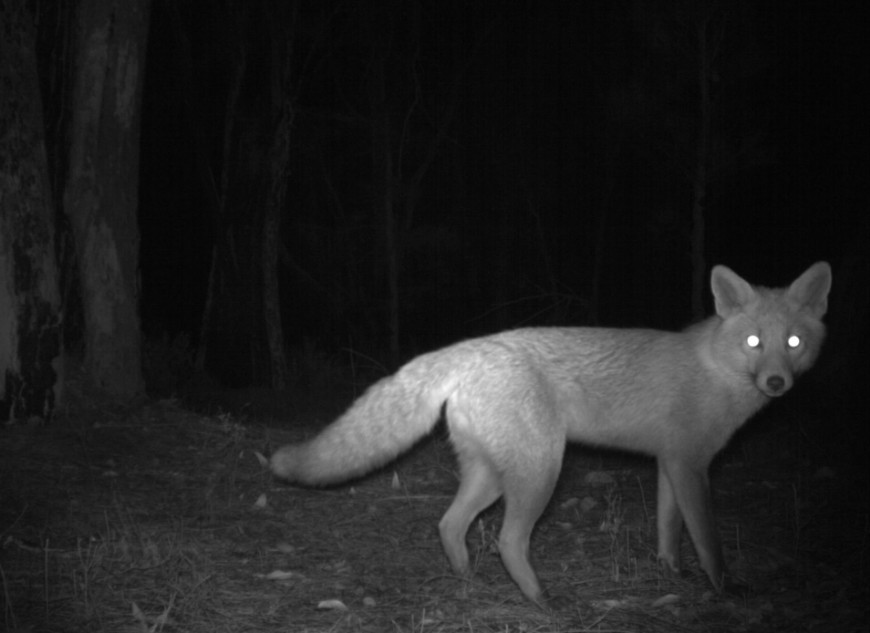
Shooting is normally done at night, when foxes are active and they can be detected by their eye shine. Photo: Michelle Drew.
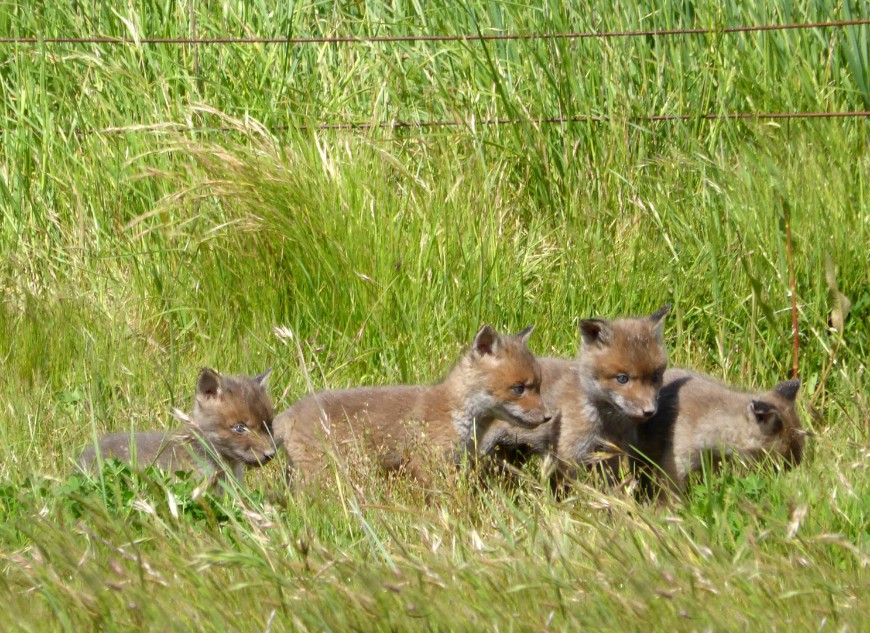
On average, more than 65% of a fox population needs to be removed to keep up with breeding. This is not possible with shooting alone. Photo: James Booth.
Advantages of shooting
- Shooting is a humane method of control when carried out effectively.
- Coordinated shooting operations can be used in a fox management program to engage and educate the community.
- Shooting is appropriate for smaller areas and for targeting problem animals.
- Shooting is highly target-specific, reducing the chance of harm to off-target animals.
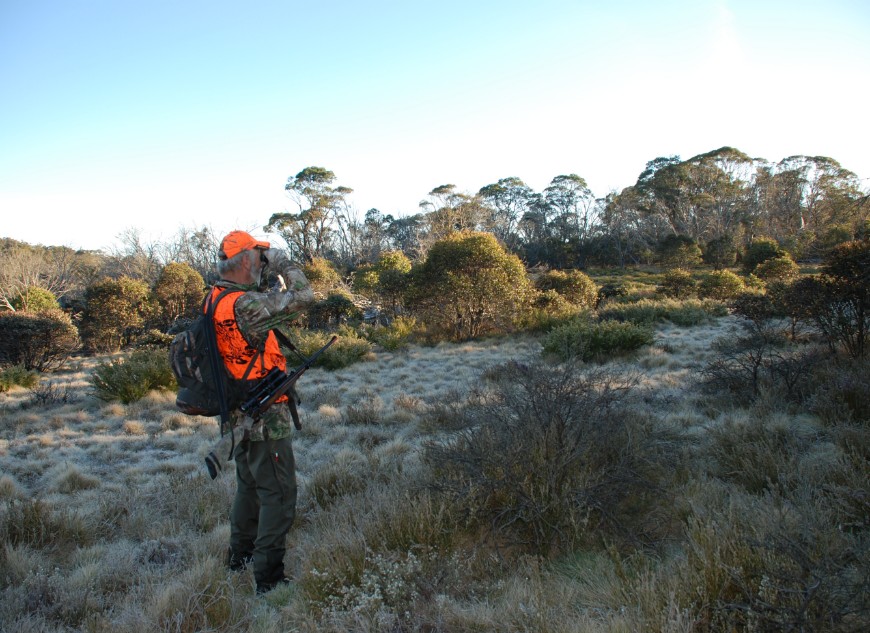
Skilled shooters with an understanding of fox behaviour are vital for effective control. Photo: Parks Victoria.
Things to consider when shooting
- Shooting on its own is not appropriate or effective for landscape scale control. Not enough foxes will be removed from an area by shooting alone.
- Shooting is time- and labour-intensive.
- Shooting requires skilled shooters.
- There are hazards inherent to using firearms.
- Shooting can be more difficult in highly populated areas.
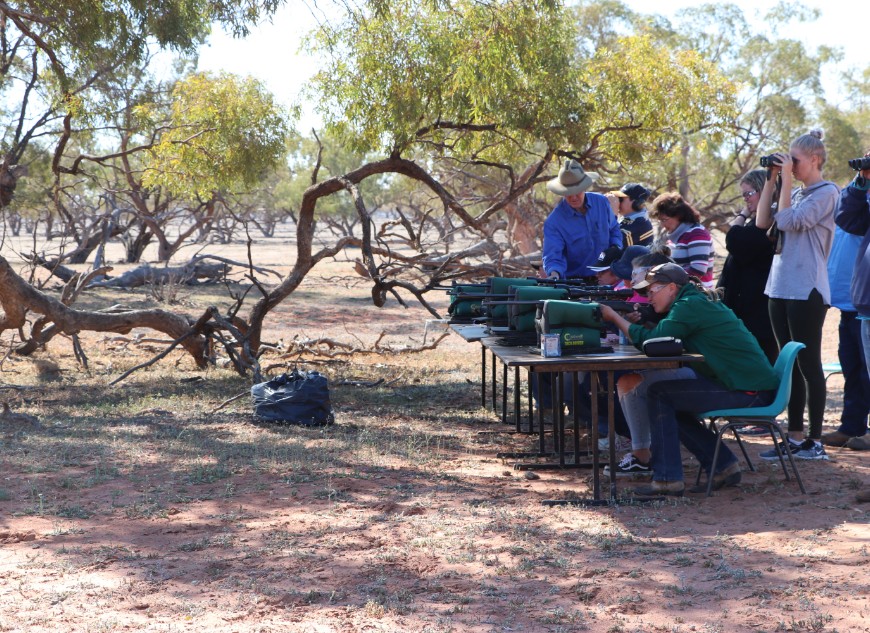
Licences and permits are required for firearms use, and users should be well trained. Photo: Bruce Duncan.
Effective use
Shooting can an effective strategy for fox control over smaller areas due to its efficiency when trained and experienced shooters are used. It is best suited on flat land with open vegetation. However, foxes will quickly re-invade an area.
Maintaining high animal welfare standards is an important part of any shooting program.
Using trained, skilled shooters is essential to achieving humane and effective results. Carefully select firearms with the appropriate calibre and accuracy for a clean kill, while adhering to legal requirements and safety protocols. Shooting should never be undertaken from a moving vehicle.
The success of a shooting program requires careful planning and execution, and is best integrated into a comprehensive pest management strategy that uses several control methods. Relying solely on shooting may not provide sustainable long-term control, as foxes reproduce rapidly.
To be effective and to ensure best practice shooting for fox control you should comply with:
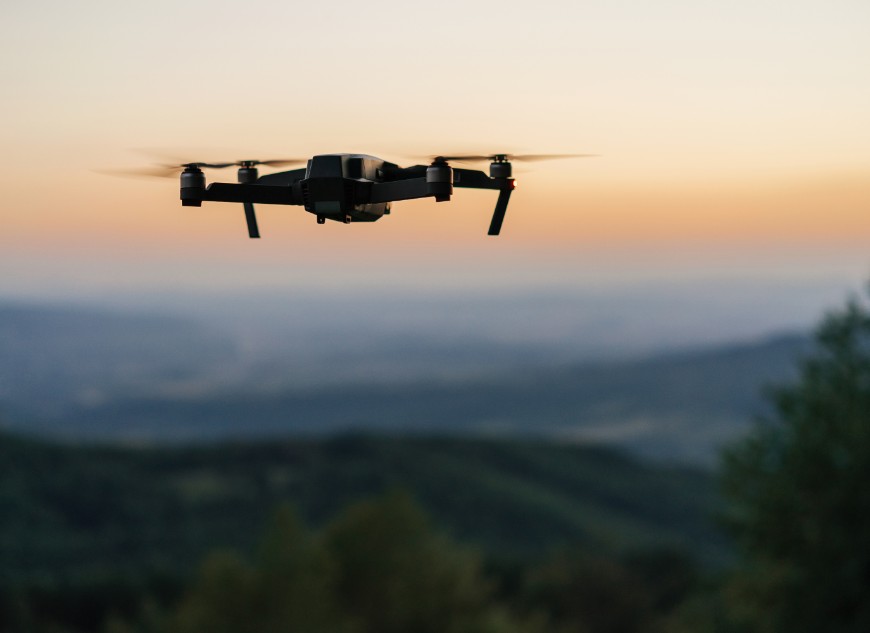
New technology such as drones and thermal scopes are improving effectiveness of shooting as a tool for fox control. Photo: pixelfit.
Laws for shooting feral foxes
Shooting for fox control is allowed in all states and territories.
Restrictions apply to urban and peri urban areas, public places and certain distances from a residence
Shooters must have all the required permits and licences for shooting foxes.
You must have landholder or land manager permission if shooting on someone else property or public land.
Contact your state or territory for more information on regulatory requirements for your program.
Banner photo: Fiona Mead.
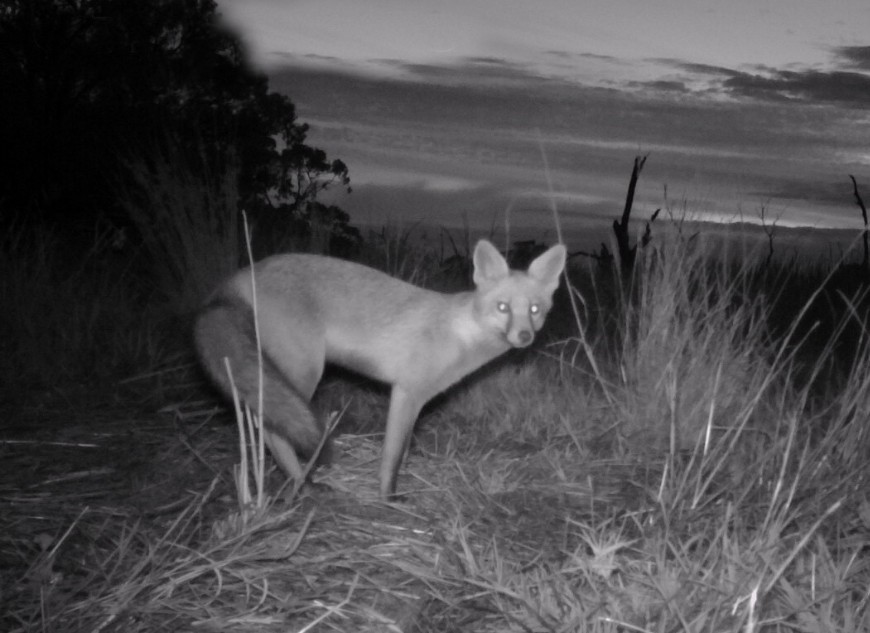
Fox detected by eye shine. Photo: Tess Grieves.
